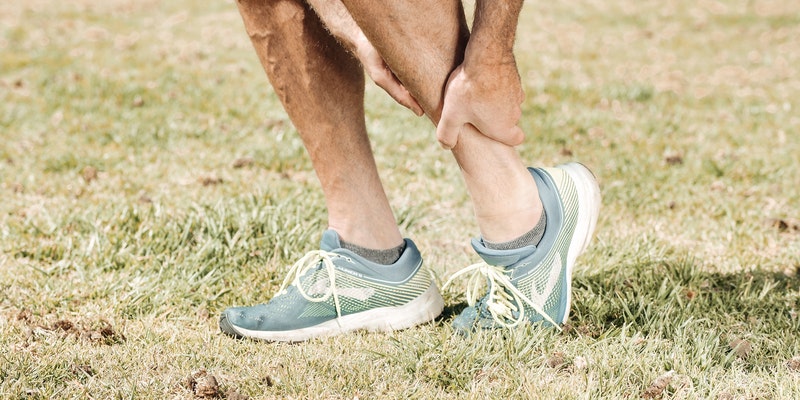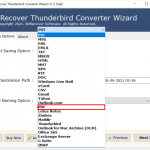When the tissue contracts firmly and painfully, it causes a muscular cramp. This may come out of nowhere and continue for a few minutes. Muscle cramps may be caused by lactic acid buildup, dehydration, overuse, and strain, among other things. Muscle cramps may be brought on by pregnancy, inadequate blood flow, and harmful lifestyle choices. These episodes are also triggered by electrolyte, vitamin, and mineral imbalances. Muscle cramps may be avoided by making a few healthy decisions throughout the day. Here are five suggestions for relieving muscle cramps.
1. Stretch and Massage Your Muscles
Stretched tissue allows blood vessels to expand and enter the body, allowing for more oxygen to be delivered to the body and removing waste products.
Stretching also facilitates joint mobility and increases flexibility. Stretching helps to reverse this process by improving flexibility. As individuals age, their muscles get shorter and tighter, making them more susceptible to strain and injury.
Stretching improves balance and expands the range of motion available to your body. Stretching enhances the variety of motions your body can execute and their quality since it consumes less muscular strength and enables us to move with more fluidity.
To assist the strained muscle in relaxing, stretching it, and massaging it gently. Put your weight on the right leg and bend your knee slightly to relieve it. Sit on the floor or a chair with your afflicted leg outstretched if you can’t stand.
Pull the top of your afflicted side foot toward your head while keeping your leg straight. This will also assist with hamstring cramps at the rear of the thigh. To relieve a front thigh cramp, sit in a chair and pull your foot on the afflicted side up toward your buttock.
2 . Hydrate with Special Blended Salt Electrolyte Water
Salt helps to keep the concentration of our body fluids in check, which is always in a fine balance. It aids in absorbing all essential nutrients by our cells and maintains healthy muscle and nerve function.
Muscle cramping has been related to magnesium and potassium deficiency. Include foods high in these minerals in your diet, or try drinking electrolyte water. Symptoms such as muscular cramps may arise when electrolytes become unbalanced, such as after intense physical exertion. According to Boulder Salt Company, “a balanced electrolyte profile is not only essential for vital body functions but can also benefit your body at the cellular level. Plus its higher magnesium content also helps prevent muscle cramps and restless leg syndrome.”
3. Use Warm or Cold Compresses
On stiff or tight muscles, use a warm cloth or heating pad. Taking a warm bath or focusing a hot shower spray on the tight muscle might also assist. Alternatively, applying ice to the strained muscle may help ease discomfort.
4. Drink Lots of Water
How much water should you consume daily? When the temperature outdoors soars, you’re surely aware that it’s important to drink enough water. Regardless of the temperature, keeping hydrated is a daily must. Unfortunately, many of us, particularly older individuals, do not drink enough. Thirst is not as strong in older adults as it was when they were younger. And if they’re using a diuretic or other drug that might promote fluid loss, this could be an issue.
It is important to stay hydrated to avoid muscular cramps. Caffeine and alcohol may produce negative side effects and make them more likely. Instead, drink at least 64 ounces of water every day to improve your general health and keep your muscles hydrated and free of cramps. We know you’ve heard it before, but staying hydrated is critical for appropriate connective tissue and muscle performance.
5. Stretch and Warm up your Muscles
Muscle tension may be relieved with the use of heat. The warm temperature will assist in relaxing your muscles and enhance blood flow, whether you take a hot bath, use a warm compress, or put a heating pad on your tight muscles. Gentle activity, such as a stroll around the block, is also a good approach to warm up muscles and allow for greater flexibility.
Muscle cramps are normally painless and do not need medical treatment. If your muscular cramps are severe, do not improve with stretching, or last for a long period, you should consult a doctor. This might be a symptom of a more serious medical problem.


